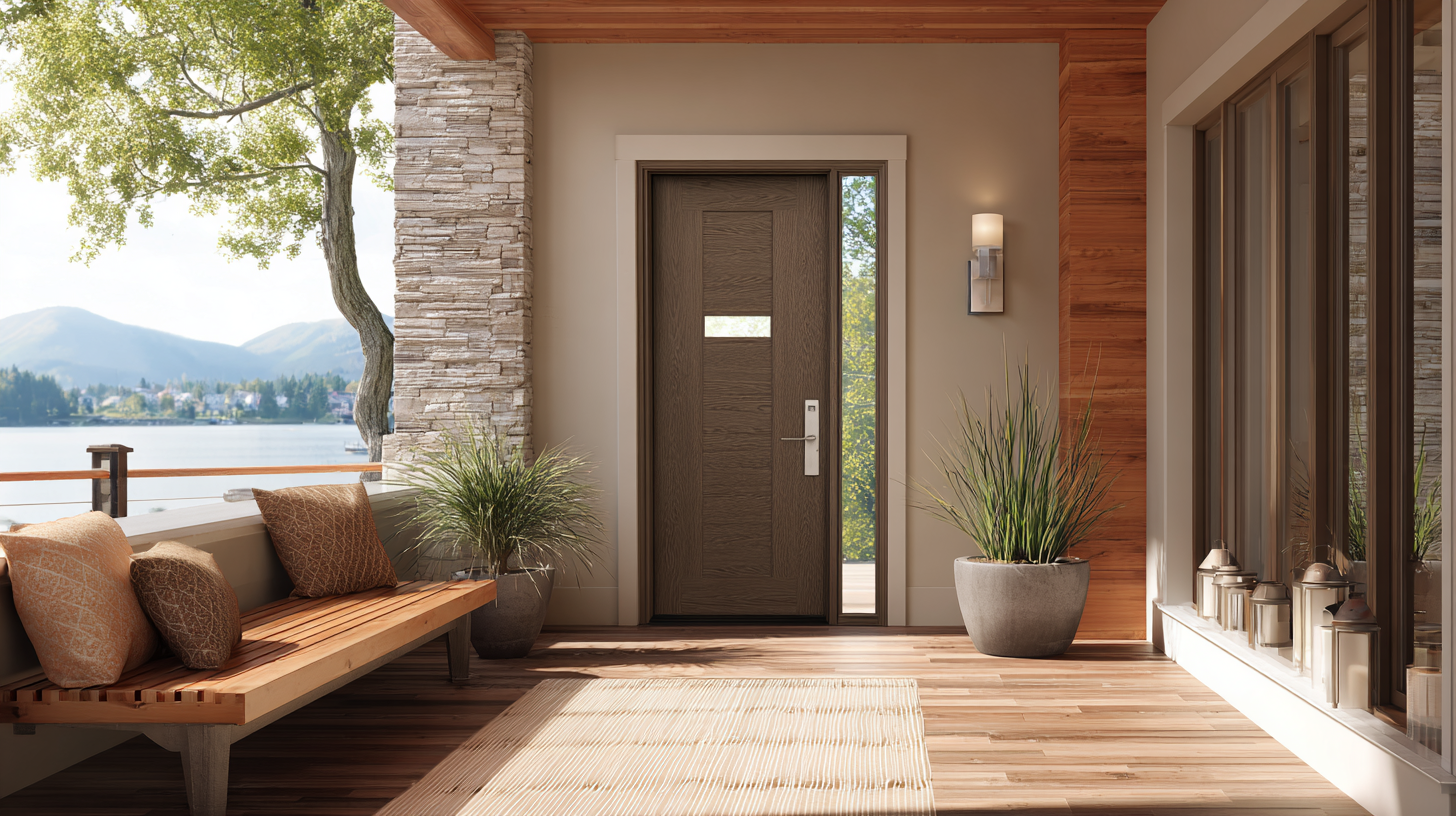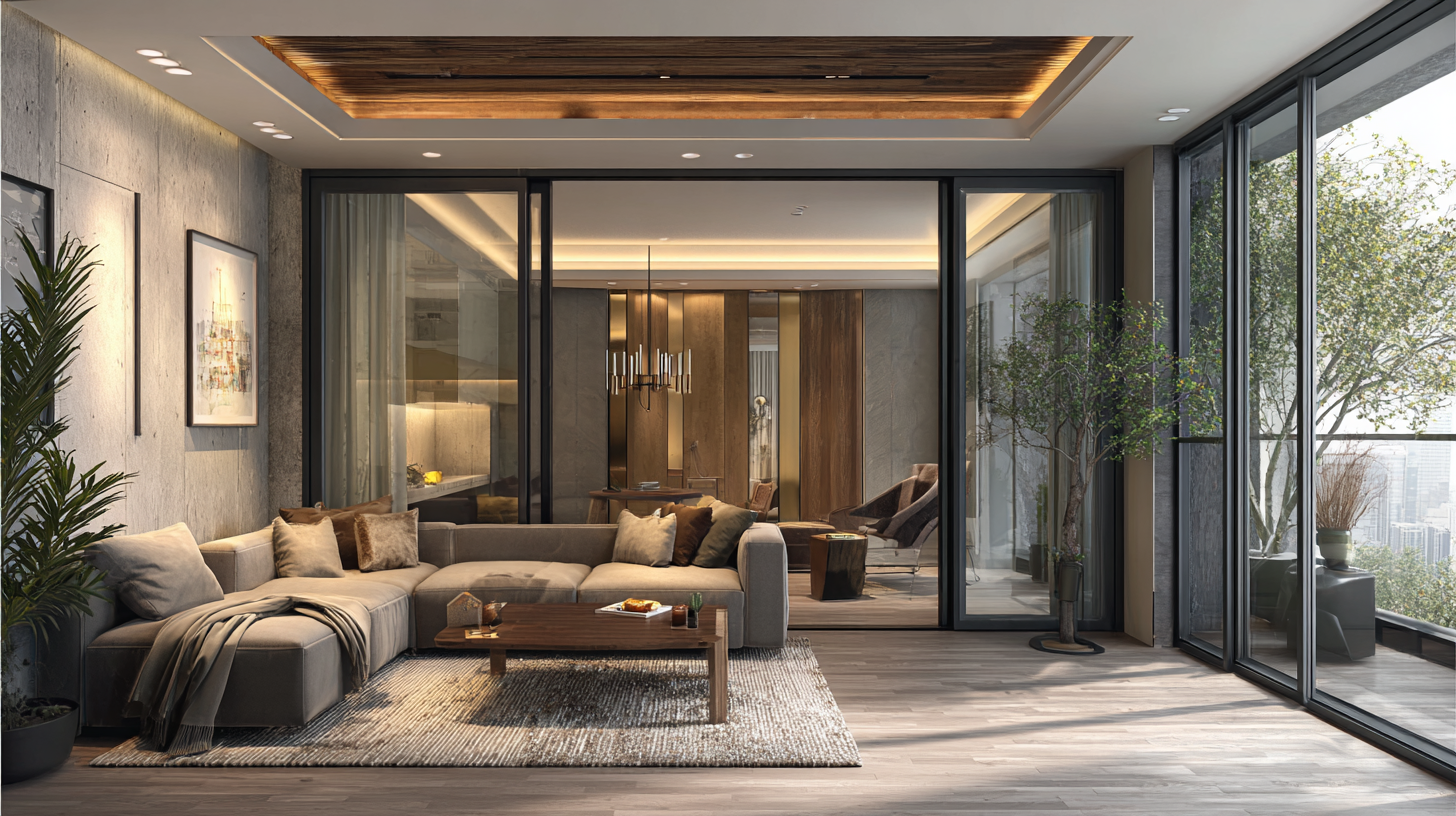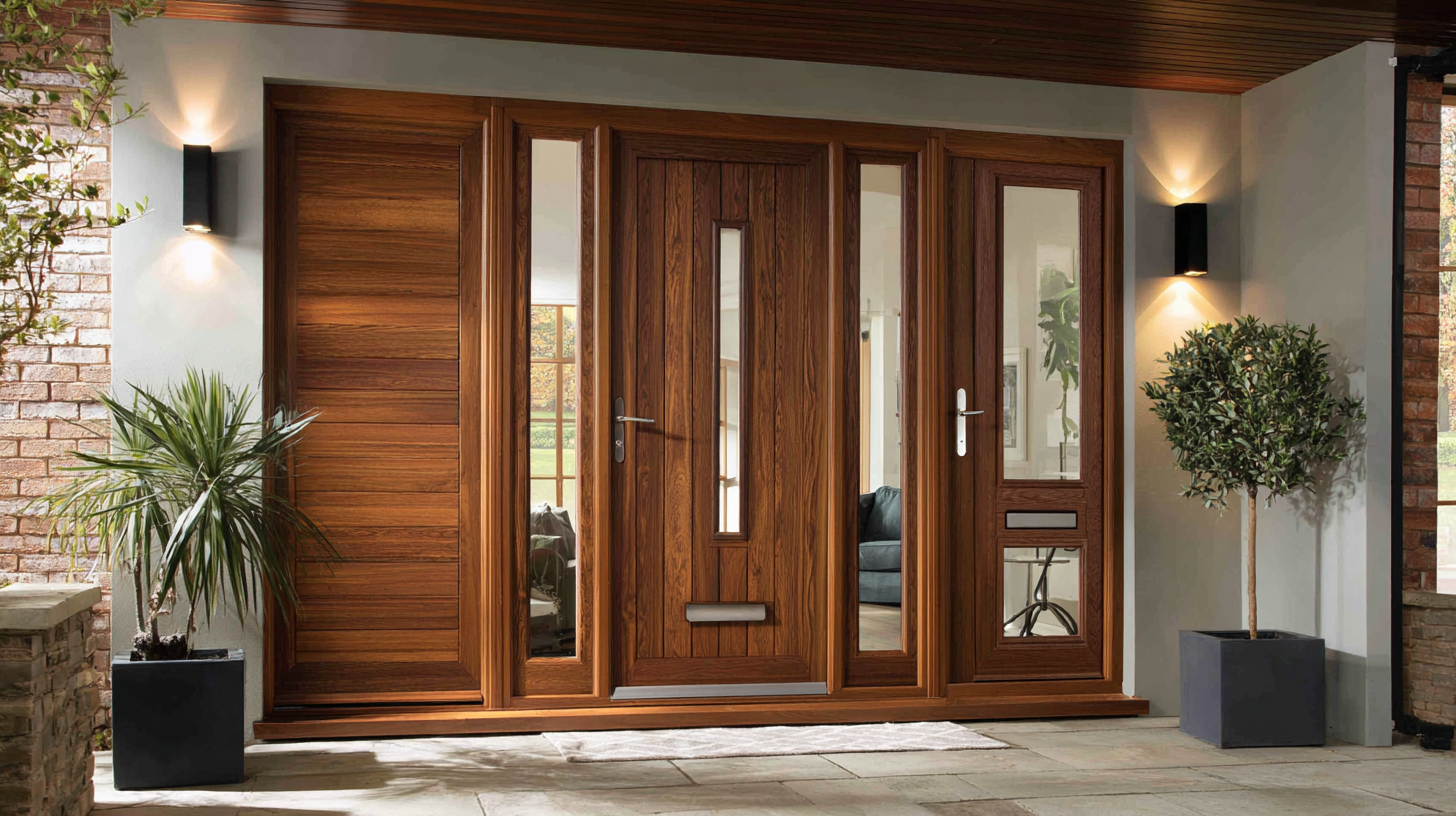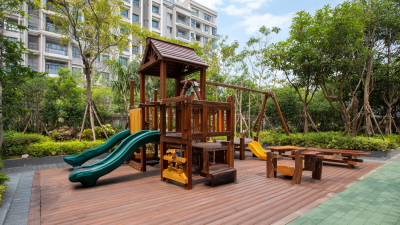Shandong Xiangying New Materials Technology Co., Ltd.
Shandong Xiangying New Materials Technology Co., Ltd.
 In the realm of modern home design, homeowners are continuously seeking innovative materials that blend
functionality with
aesthetic appeal. One such material that has emerged as a game changer is
WPC doors, which stands for
Wood-Plastic Composite doors. These doors offer a myriad of advantages that transcend traditional design limitations, making them an ideal choice for versatile home spaces. Not only do WPC doors boast remarkable
durability and resistance to moisture, they are also available in a wide range of styles and finishes, allowing for seamless integration into any interior décor. Moreover, the eco-friendly nature of their composite materials resonates with the growing demand for
sustainable living solutions. As we explore the transformative benefits of WPC doors, it becomes evident that they represent a perfect synergy between
style,
practicality, and
environmental consciousness, redefining contemporary living spaces for discerning homeowners.
In the realm of modern home design, homeowners are continuously seeking innovative materials that blend
functionality with
aesthetic appeal. One such material that has emerged as a game changer is
WPC doors, which stands for
Wood-Plastic Composite doors. These doors offer a myriad of advantages that transcend traditional design limitations, making them an ideal choice for versatile home spaces. Not only do WPC doors boast remarkable
durability and resistance to moisture, they are also available in a wide range of styles and finishes, allowing for seamless integration into any interior décor. Moreover, the eco-friendly nature of their composite materials resonates with the growing demand for
sustainable living solutions. As we explore the transformative benefits of WPC doors, it becomes evident that they represent a perfect synergy between
style,
practicality, and
environmental consciousness, redefining contemporary living spaces for discerning homeowners.
The rising popularity of WPC (Wood Plastic Composite) doors in modern home design reflects a growing trend towards versatility and sustainability in interior spaces. As homeowners seek materials that not only enhance aesthetic appeal but also provide functional benefits, WPC doors have emerged as a favorite choice. Their ability to mimic the look of natural wood while offering resistance to moisture, pests, and warping makes them highly sought after in contemporary interiors.
Additionally, the demand for innovative home decor solutions is evident in the growing home decoration market, projected to reach over $1 trillion by 2032. This inclination towards flexible and durable materials, like WPC doors, aligns perfectly with the increasing consumer awareness of eco-friendly options and the desire for practical yet stylish designs. As modern homeowners continue to prioritize quality and functionality in their living spaces, WPC doors stand out as a practical solution that complements the evolving demands of home aesthetics.
WPC (Wood-Plastic Composite) doors are becoming increasingly popular in modern home design due to their exceptional durability. Unlike traditional wooden doors, WPC doors are resistant to warping, swelling, and cracking, making them ideal for areas with fluctuating humidity and temperature. This stability ensures that homeowners won’t have to worry about frequent replacements or repairs, ultimately saving time and money in the long run.
In addition to their resilience, WPC doors also offer stunning aesthetic options. Available in a variety of colors, textures, and finishes, these doors can easily complement any interior decor, enhancing the overall visual appeal of a space. Furthermore, they provide a sustainable alternative to solid wood doors, as they are made from recycled materials, contributing to environmental conservation efforts. By choosing WPC doors, homeowners can achieve both style and sustainability, creating an eco-friendly living environment without sacrificing design quality.

When considering the cost-effectiveness of building materials, WPC (Wood Plastic Composite) doors offer a compelling advantage over traditional wood and other materials. Unlike solid wood, which can be expensive and susceptible to environmental factors, WPC doors are engineered to withstand moisture, humidity, and temperature fluctuations, making them a long-lasting choice for modern homes. Their composition not only reduces material costs but also minimizes maintenance expenses, as WPC does not require regular sealing or refinishing like natural wood.

Moreover, when comparing WPC doors to other materials such as fiberglass or steel, WPC stands out for its balance of affordability and aesthetics. Fiberglass doors can be pricey and may lack the warm, natural appearance some homeowners desire, while steel doors often face issues with insulation and corrosion. WPC doors mimic the look of wood yet come at a lower price point without sacrificing quality. This makes them an attractive option for budget-conscious homeowners looking to enhance their living space without compromising on style or durability.
WPC (Wood-Plastic Composite) doors have gained significant traction in modern home design due to their remarkable versatility and customization options. According to a recent report by MarketsandMarkets, the WPC market is projected to reach $11.2 billion by 2025, driven largely by its aesthetic appeal and adaptability across various home styles. Homeowners can choose from a wide array of textures, colors, and finishes, allowing them to achieve the desired aesthetic—from rustic charm to contemporary elegance.
One of the standout benefits of WPC doors is their ability to mimic the look of traditional wood while offering enhanced durability and moisture resistance. A survey conducted by Grand View Research indicates that over 70% of homeowners prefer materials that combine visual appeal with long-lasting performance. This preference is particularly evident in environments prone to humidity and water exposure, where WPC doors excel. With customization options that include panel configurations and hardware choices, homeowners can tailor WPC doors to fit their specific architectural style and personal taste, making them an attractive choice for any modern home.
| Feature | Description | Benefits |
|---|---|---|
| Design Flexibility | WPC doors can be customized in various styles, colors, and textures. | Matches any home interior or exterior design theme. |
| Durability | Made from a composite material that resists warping, cracking, and splitting. | Long-lasting, requiring less maintenance over time. |
| Eco-Friendly | Manufactured using recycled materials, contributing to sustainability. | Supports environmentally-conscious building practices. |
| Water Resistance | WPC doors have a natural resistance to moisture and humidity. | Ideal for areas prone to moisture like bathrooms or kitchens. |
| Thermal Insulation | WPC doors can help maintain a stable indoor temperature. | Energy-efficient, reducing heating and cooling costs. |
When it comes to modern home design, WPC (Wood-Plastic Composite) doors offer an attractive combination of aesthetics and practicality. One of the standout features of WPC doors is their low maintenance needs. Unlike traditional wooden doors, which may require regular painting and sealing, WPC doors are resistant to moisture, rot, and pest infestations. This inherent durability means homeowners can enjoy a beautiful entryway without the constant upkeep, making WPC doors an ideal choice for those seeking convenience in their daily lives.
Beyond their easy maintenance, WPC doors provide long-term benefits that can enhance the overall value of a home. The composite materials ensure that these doors retain their visual appeal even with minimal care. Simple cleaning with mild soap and water is usually sufficient to keep them looking new. Additionally, WPC doors are energy-efficient, providing insulation that helps regulate indoor temperatures. This energy-saving feature not only contributes to a comfortable living environment but also leads to lower utility bills over time. For homeowners interested in a cost-effective and stylish entry solution, investing in WPC doors proves to be a smart choice for modern living.






